You don’t need to be an expert gardener to keep houseplants. But a little know-how goes a long way to keeping them in good condition. We bring you a survival guide.
Use self-contained planters
“Widely used in commercial environments, these clever planters prevent water from damaging or marking the floor. A self-contained planter pot is used inside the decorative planter that the eye sees. These feed water to the plant from underneath and make use of a ‘dip-stick’ to determine whether the plant has enough water to sustain it or whether they need a little topping up.” – Craig de Necker, managing director of The Friendly Plant
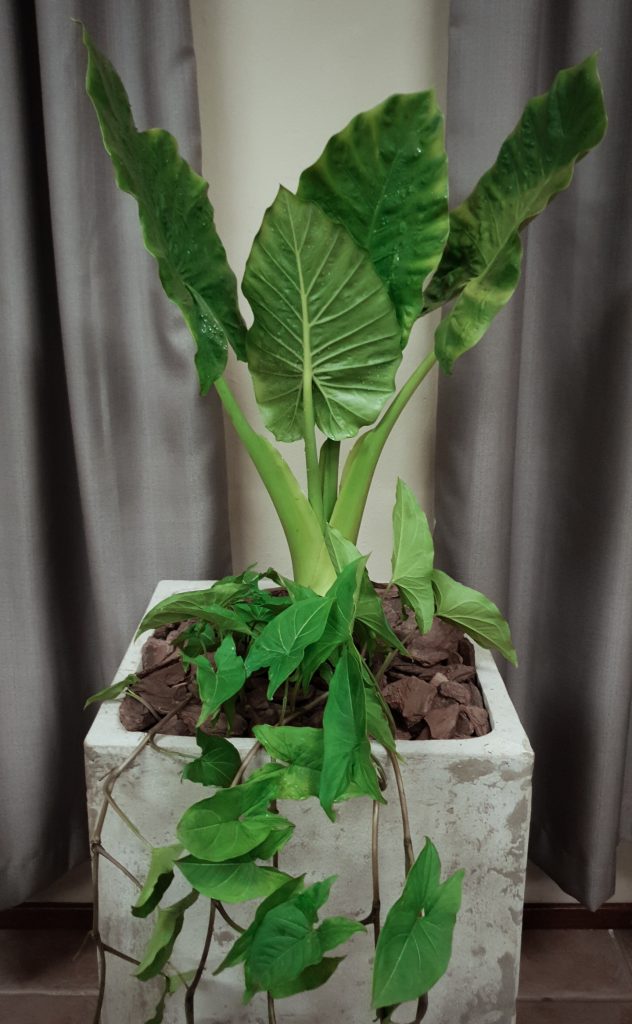
Light is your plant’s best friend
“Very few plants will thrive without at least some dappled sunlight. Most house plants are planted in pots or moveable planters – this makes it easy to test out specific areas in terms of their suitability for that plant species.
“Indoor plants that are planted into the ground (e.g. in an atrium) are a little trickier to deal with as they are fixed to a specific location. Be sure to position your house plants near natural light, and if they are in pots, perhaps move them into the light from time to time so they have some periodic access to sunlight.” – Craig de Necker, managing director of The Friendly Plant
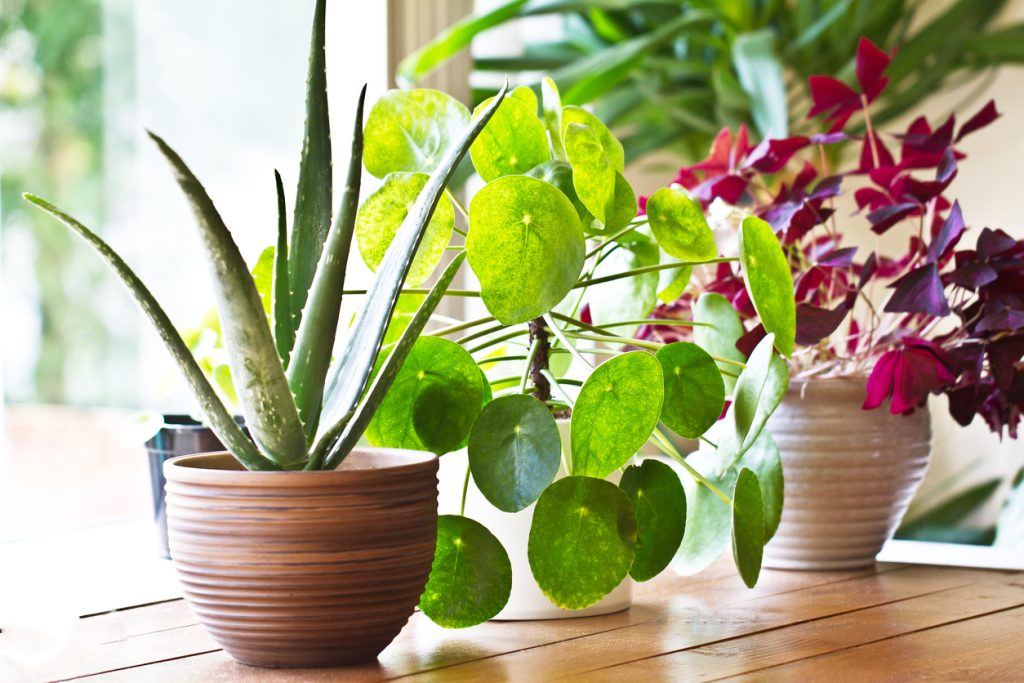
Be careful not to over-water
“It is considered that on average we kill our indoor plants as a result of overwatering rather than a lack of watering. Ideally it is best to check the moisture content of your potted plants before you water them. Stick your finger 5cm to 8cm into the soil to determine whether it is dry or not, then proceed to water your plants.
“Personally I prefer to soak my potted plants in the sink or large container. Start by filling the bottom of the container or sink with a few centimetres of fresh water. Place your plant pots in and let them absorb water for 30 minutes to an hour.” – Mlungisi Mathe, landscaping designer at Simon Clements: Garden & Landscape Design
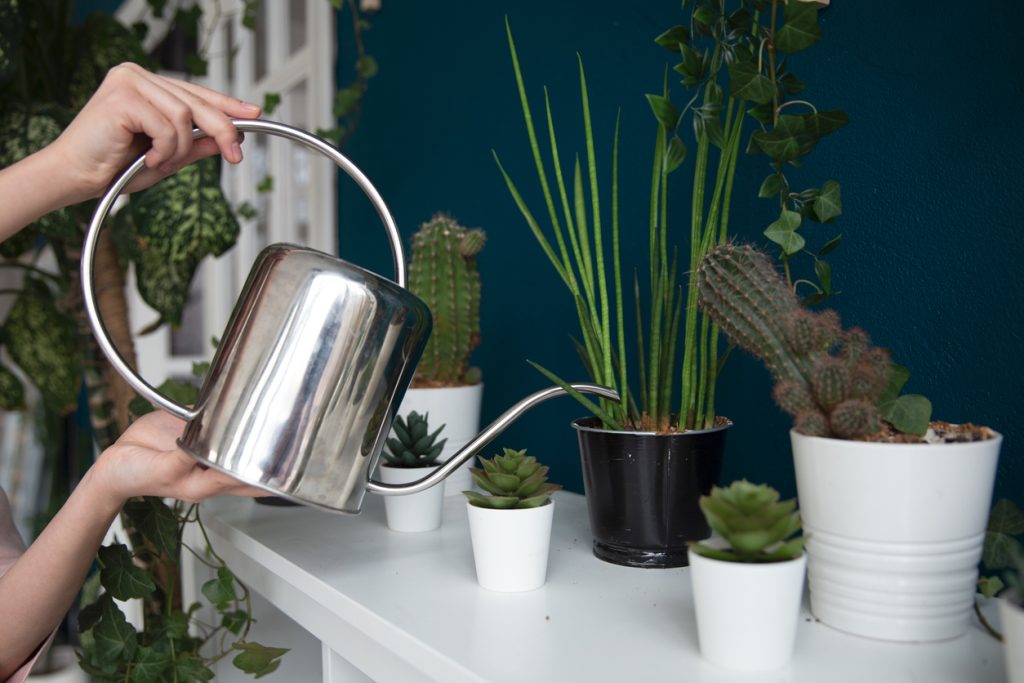
Keep your plants in groups
“Grouping your indoor plants together in relation to their similarities and care needs makes it easier and more convenient to care for them, for example grouping plants that prefer the same condition of sunlight. Grouping certain indoor plants together also helps to enhance their biome and humidity.” – Mlungisi Mathe, landscaping designer at Simon Clements: Garden & Landscape Design
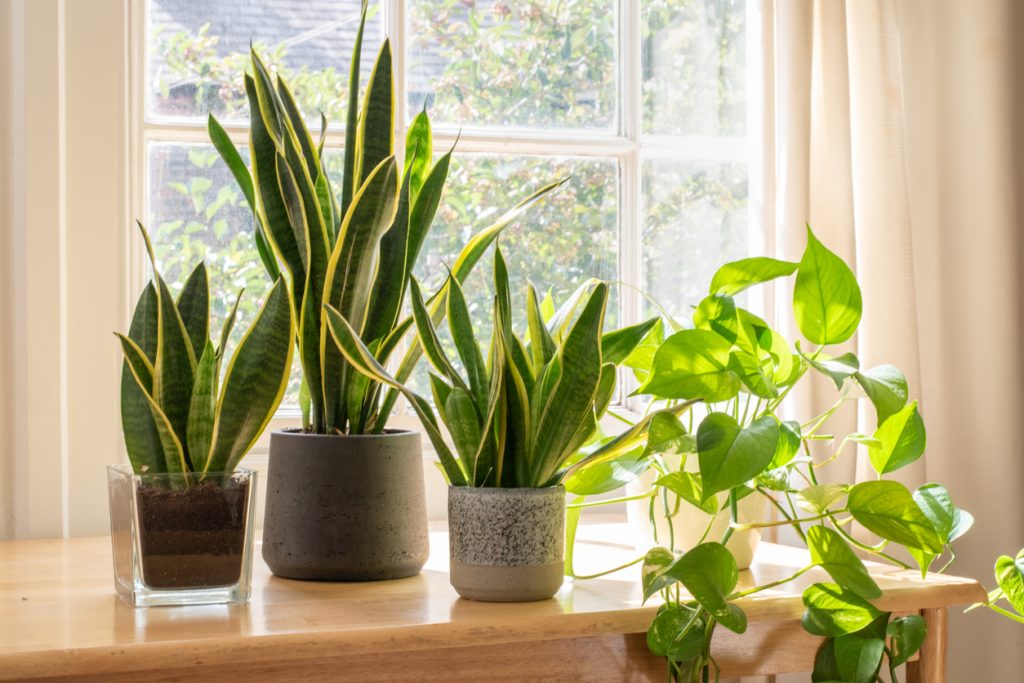
Feed your plants
“This depends on the specific plant and its age and stage in growth. The longer a plant has been in a pot the more regularly it will need feeding to look healthy and receive its various nutrients as the potting media it is in will become denuded of nutrients over time. The choice of feeding will also depend on the season and whether it is approaching its flowering time.
“Besides the basic nutrients of nitrogen, phosphorous, potassium available in fertilisers with different proportions, there are the micronutrients which will need to be added from time to time.
“In the early stages of growth, fertilisers that favour phosphorous are recommended as this promotes strong and healthy root growth. Thereafter as the plant gets established, a more nitrogenous fertiliser will develop a lush healthy growing plant and then when flowering is near, a fertiliser with a higher potassium content to promote abundant flowering.“As with any feeding, allow lots of intervals between feeding (this varies) but always take care not to overfeed and monitor your plants for any signs that your feeding programme may need adjustment.” – Russell Trope, owner of Utropia Landscaping
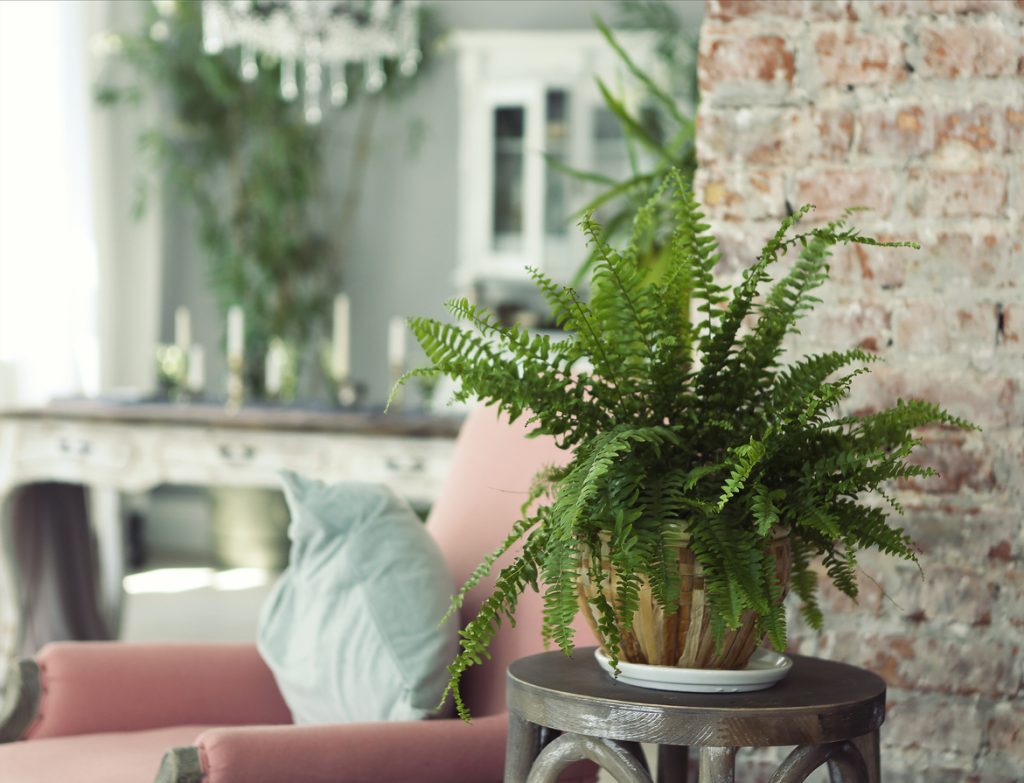
Don’t forget to prune
“Pruning is the removal of stems or leaves that have deteriorated in health or no longer look good. You can use secateurs or gardening scissors to remove dead, damaged or unhealthy leaves or stems right at the base.
“Don’t be afraid to cut away what no longer looks healthy. Browning, yellowing, drooping or dead leaves should be removed in order to ensure that the plant’s energy and resources go to the healthy parts and to producing fresh, new growth. You will have a healthier, happier and faster growing houseplant if you give it a good prune every few months!” – Robyn Sher, retail manager at Happy Life Plants
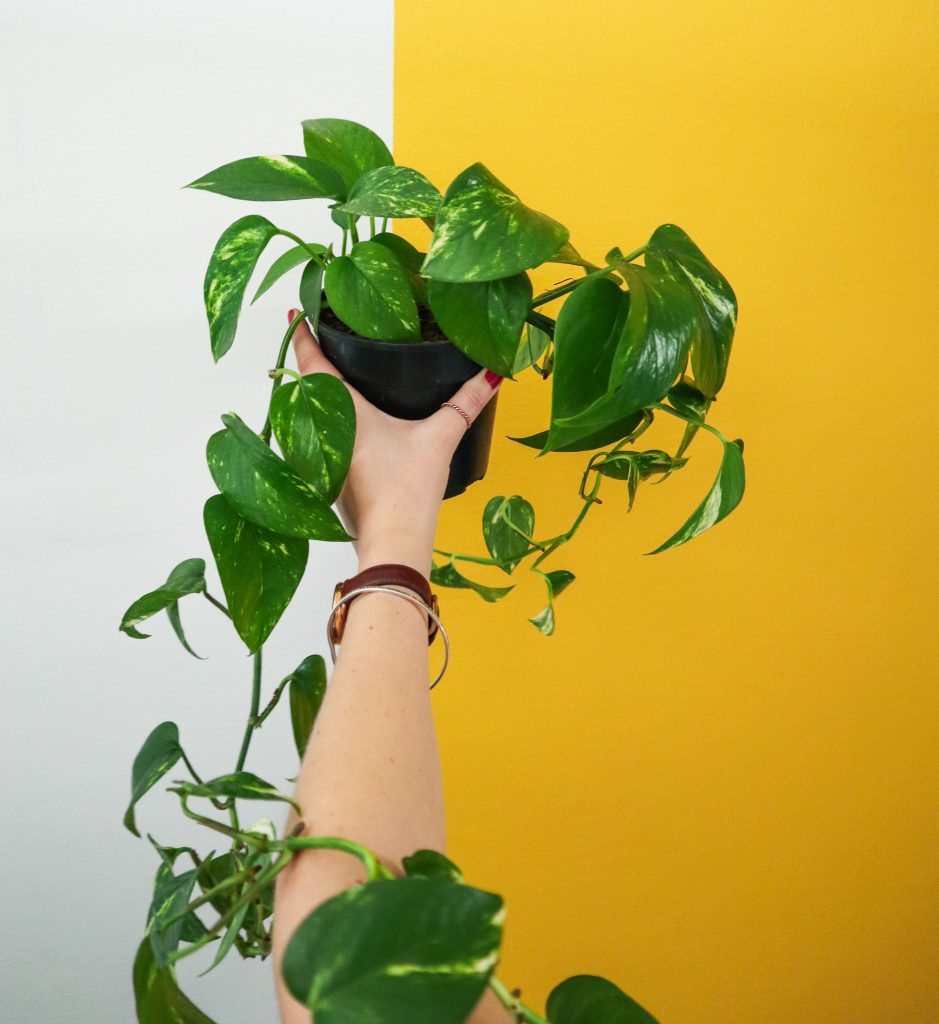







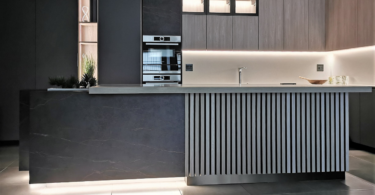
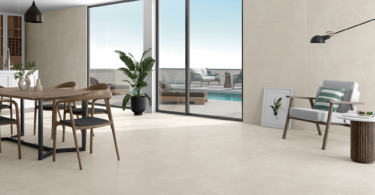
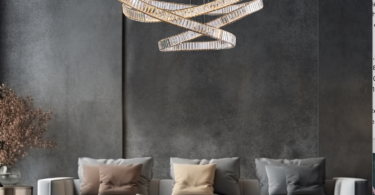
Leave a Comment